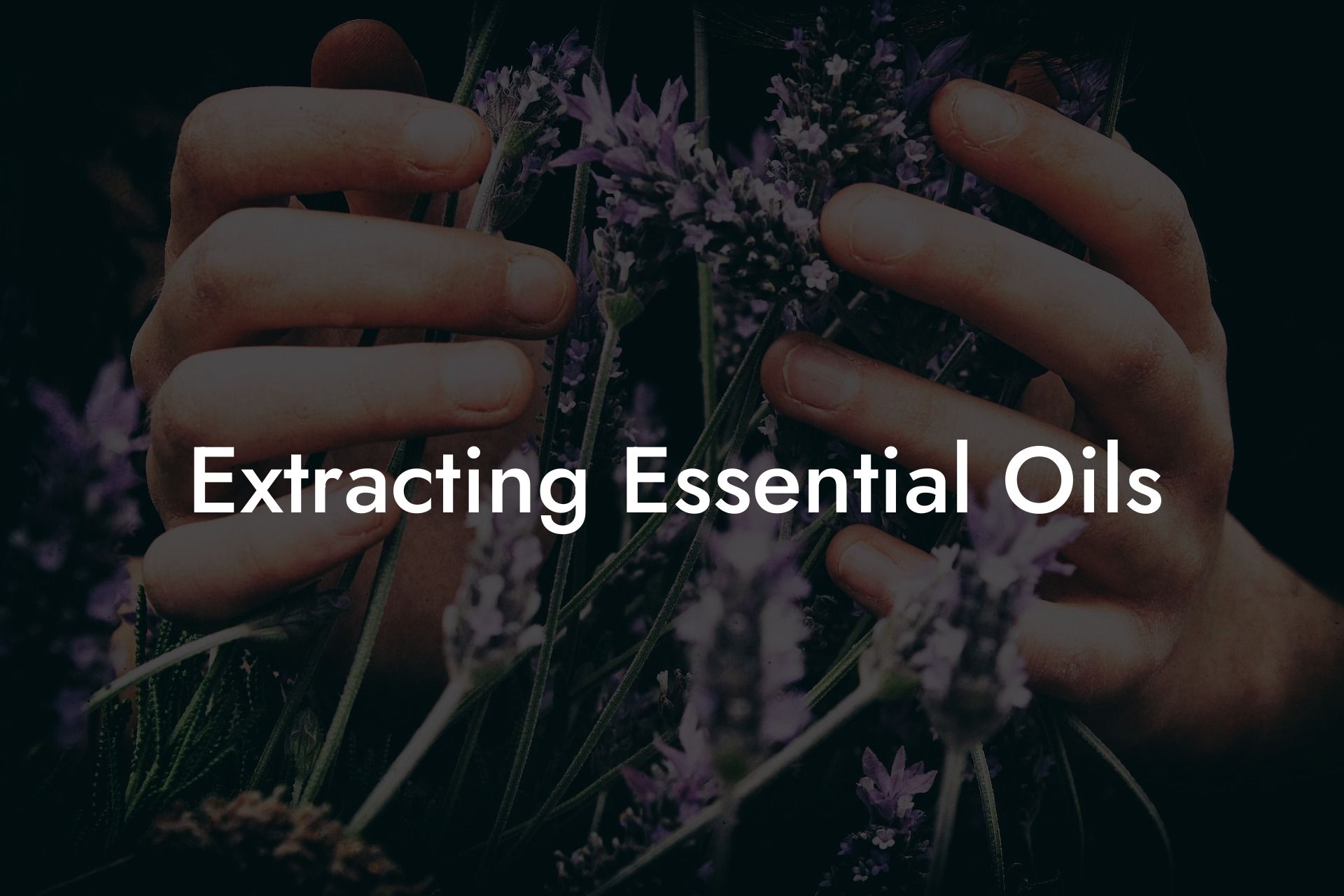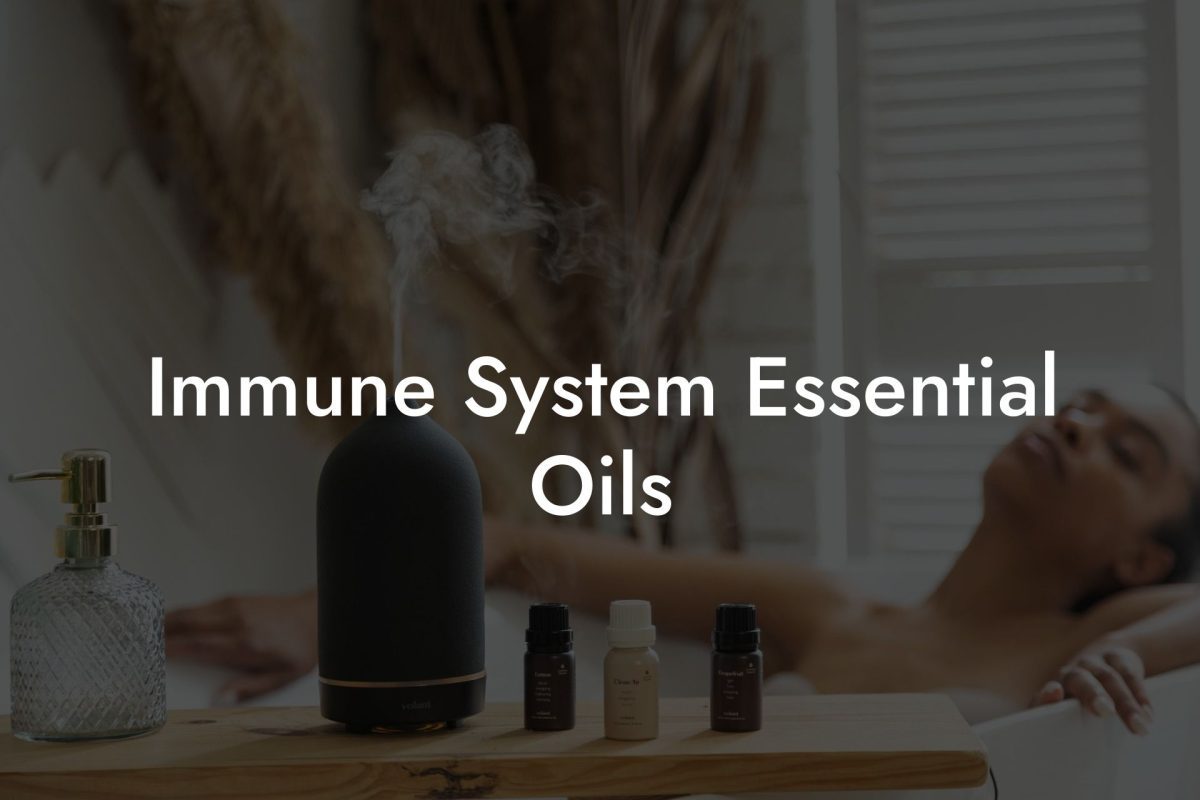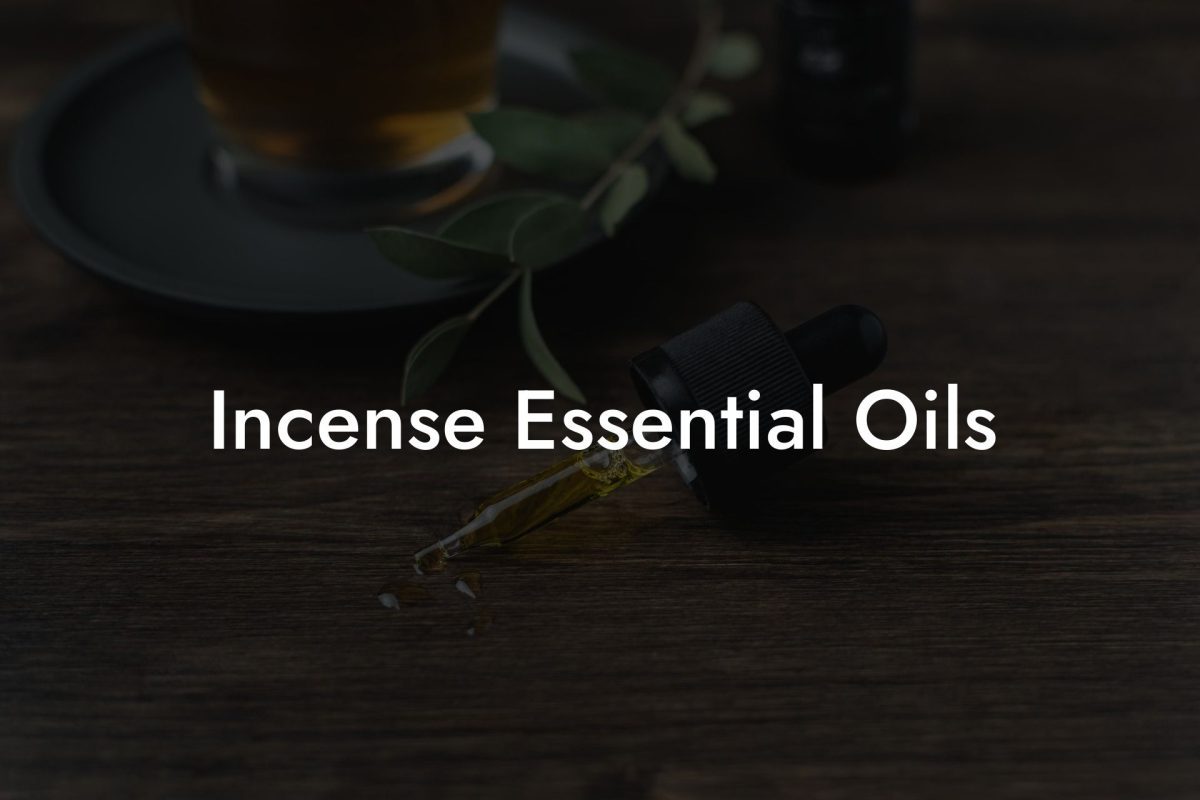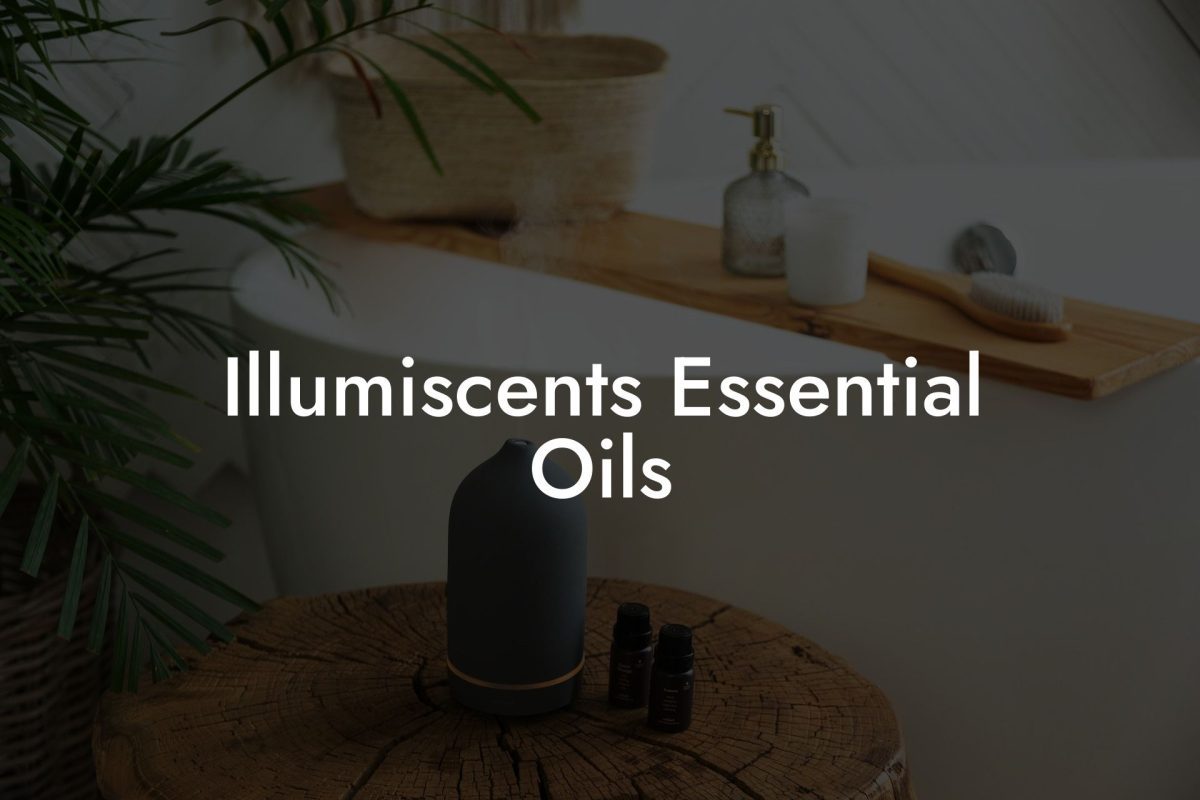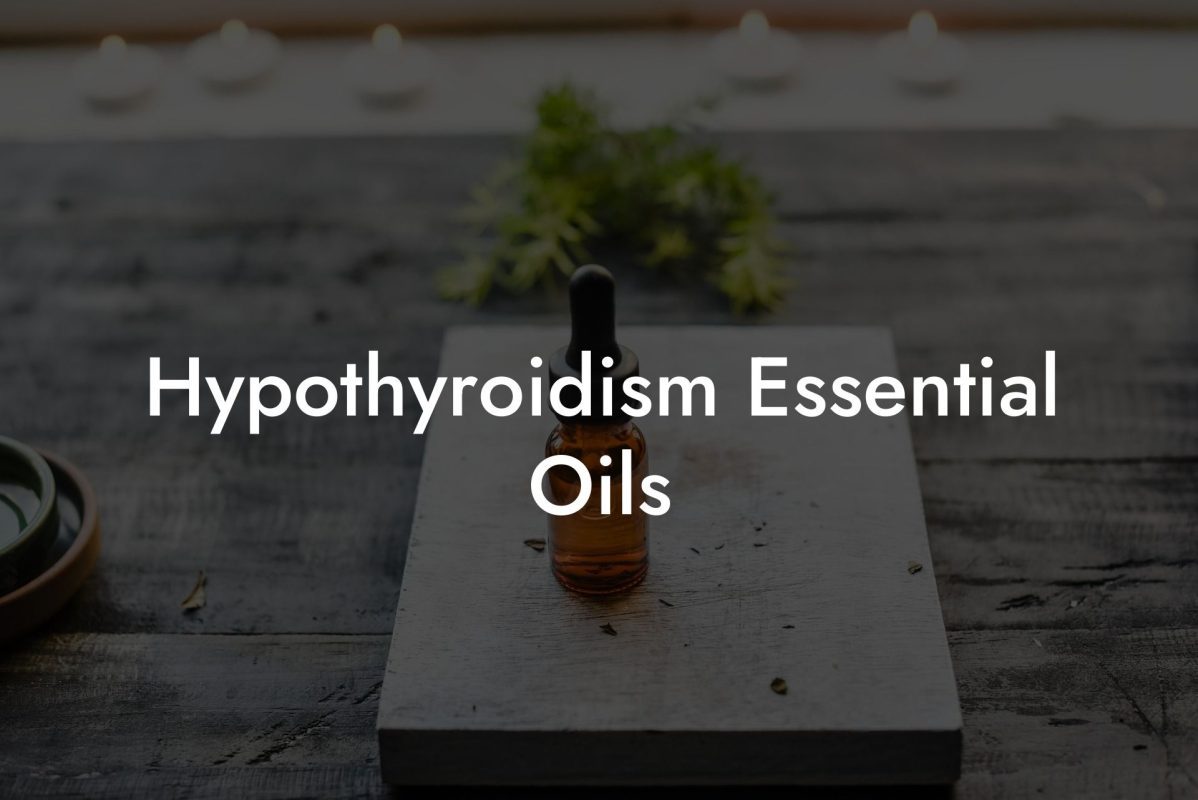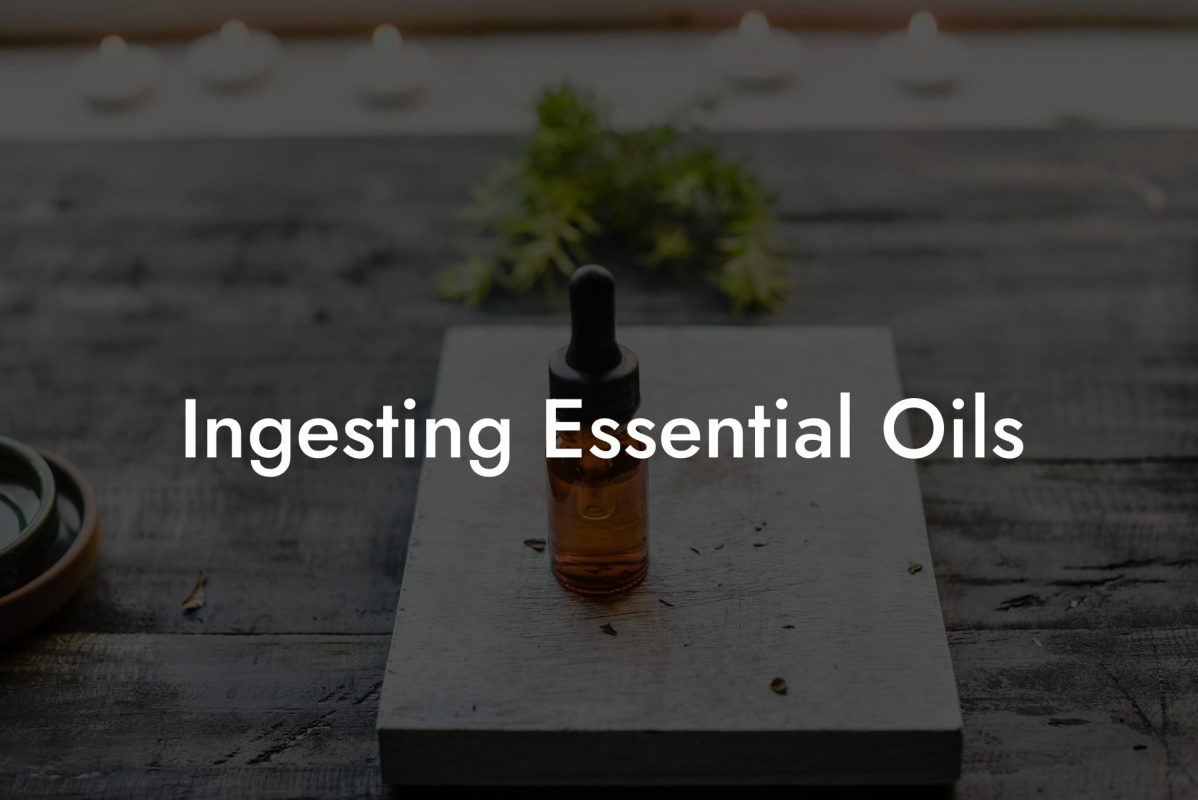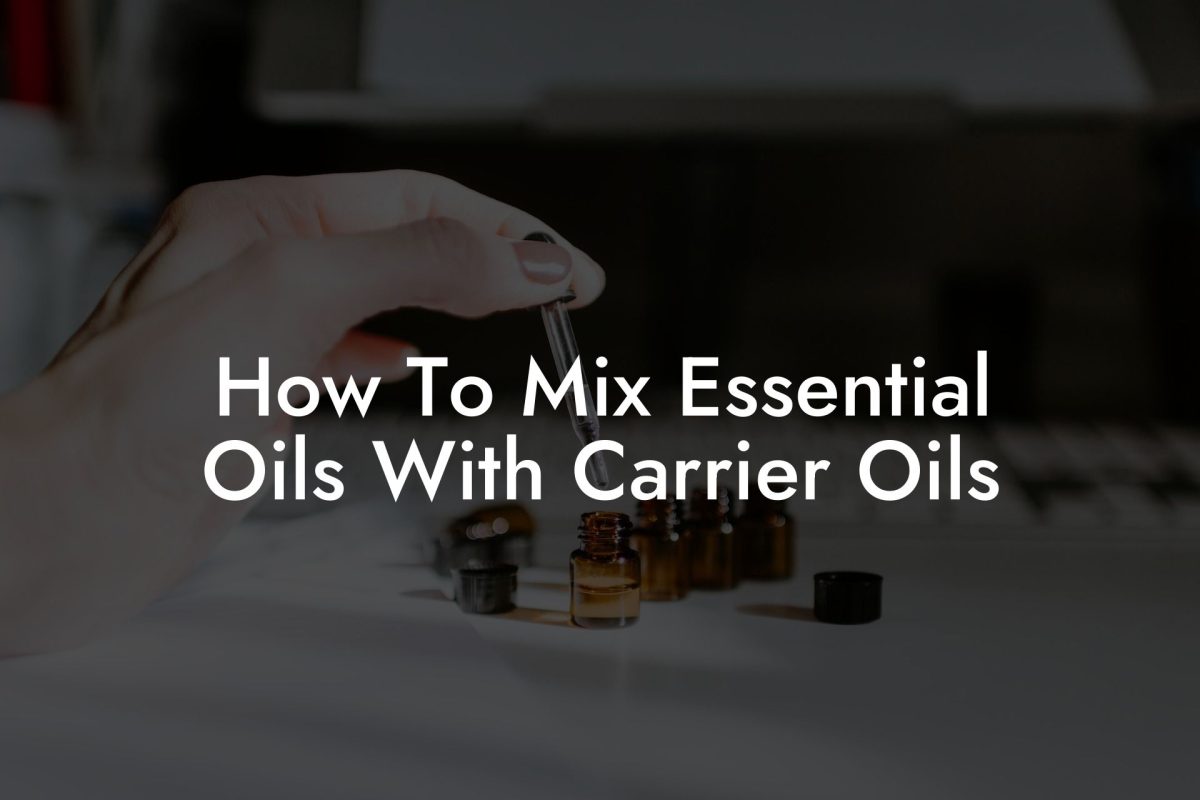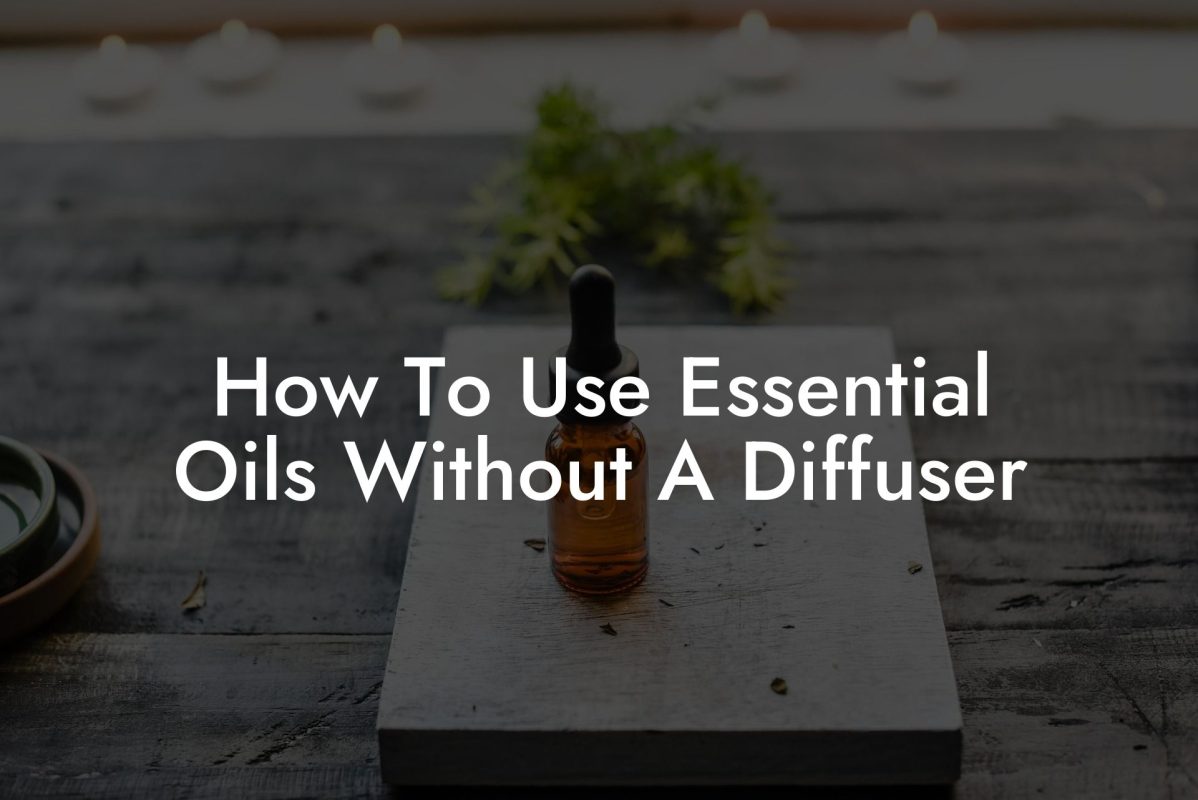Discover the fascinating world of essential oil extraction in this in-depth guide. Learn about various extraction methods, their benefits, and how they impact the potency and purity of essential oils. Join us in unraveling the secrets behind creating the unique aromas and therapeutic properties of essential oils.
Table of Contents
Steam Distillation
The most common method for extracting essential oils is steam distillation. This process involves passing steam through the plant material, causing the essential oil to evaporate. The oil and steam mixture is then condensed and collected separately.
- Advantages: Produces high quality essential oils with a long shelf life. Retains the majority of the oil’s therapeutic properties.
- Disadvantages: Some heat-sensitive components may be lost or altered during the process. Not suitable for all plant materials.
Cold Pressing
Cold pressing, also known as expression or mechanical extraction, is used primarily for citrus essential oils. The fruit rinds are mechanically pressed to release the essential oils.
- Advantages: Preserves the delicate aroma and therapeutic properties of the oils. No heat or solvents are used in the process, ensuring a pure and natural product.
- Disadvantages: Limited to plants with a high oil content, such as citrus fruits. Lower yield compared to other methods.
CO2 Extraction
Carbon dioxide extraction involves using pressurized carbon dioxide as a solvent to extract the essential oil from the plant material. This method produces a more concentrated and pure oil compared to steam distillation.
- Advantages: Produces a superior quality oil with a longer shelf life. Allows for the extraction of some heat-sensitive compounds that may be damaged in steam distillation.
- Disadvantages: Expensive and complex process. Can be challenging to source CO2-extracted essential oils commercially.
Solvent Extraction
Using solvents like hexane, ethanol, or isopropyl alcohol, this method dissolves the essential oil components from the plant material. The solvent is then removed, leaving behind the essential oil. Commonly used for extracting delicate flower essences, such as jasmine and rose.
- Advantages: Ideal for heat-sensitive and delicate plant materials. Produces highly concentrated and fragrant essential oils.
- Disadvantages: Potential for residual solvents to remain in the final product. May not be considered as “pure” as other extraction methods.
Extracting Essential Oils Example:
Imagine creating your own essential oil blend inspired by a stroll through a blooming rose garden. To capture the exquisite essence of the flowers, you choose to use solvent-extracted rose essential oil. Combined with steam-distilled lavender oil for a calming effect and cold-pressed lemon oil for a refreshing citrus kick, the blend forms a beautiful fusion of complementary scents. The extraction methods of each oil contribute to the blend’s overall aroma and therapeutic properties.
As we have explored, the art of extracting essential oils is a complex process that significantly impacts the quality, potency, and aroma of the final product. We hope this guide has provided you with a deeper understanding of the nuances behind your favorite essential oils.
If you’ve enjoyed this article, we encourage you to share it with others who may also be interested, and explore further guides on our Oshu Oils blog. Our dedication to creating Artisan Essential Earth Oils ensures that you receive the best quality oils for your well-being. Discover the Oshu Oils range today and experience the benefits of expertly crafted essential oils.

